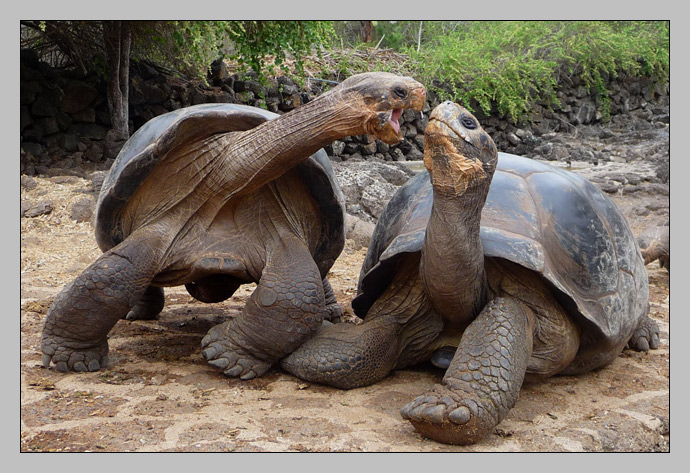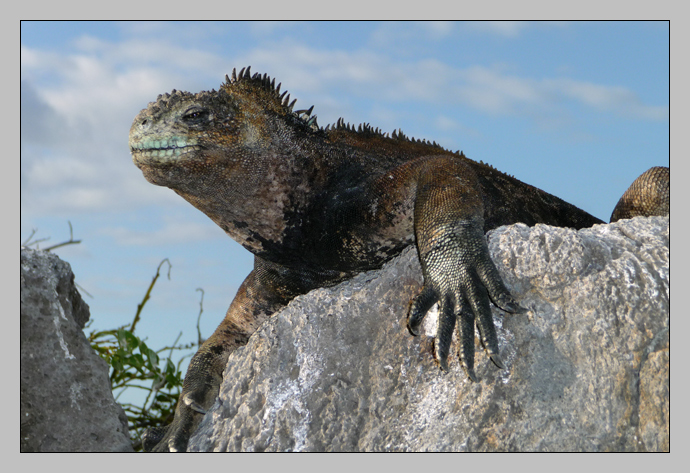Estimated Time of Departure

You can make all the plans in the world, but life will still get in your way.
— Paraphrased from W.E. Griffin Jr. (My granddad)
My granddad told me that years ago and it struck me as one of life’s great truisms. I’ve been thinking about it a lot lately.
By now, Oksana and I expected to be deep in Central or South America, months into our round-the-world backpacking trip. While we never had much of a plan, per se, we did have a sort of schedule lined up. After driving through the United States, we thought we would depart from Florida around mid-August. But then, because we were tired of driving, we pushed that back a couple weeks.
It was an easy decision to make; we were visiting my grandparents at their cottage on the beach in Nags Head. We thought, Why not enjoy some sun and sand before heading south? Both Oksana and I like spending time with my grandparents and, in addition, my grandmother could use our help. She was still recovering from a double-whammy of a heart attack and pneumonia from back in February.
All summer, my extended family took their turns visiting the cottage. By the end of August, everyone had left for home, leaving only my overwhelmed aunt and grandfather to care for my grandmother. Oksana and I realized that we were in the unique position of not having a job to run back to and, if we were willing to put off the start date of our trip a little longer, we could stay and help. We discussed it and decided to push back our departure date again until the end of September.
And then out of nowhere, on September 25th, we had another medical emergency in the family. My aunt Susie, upon whom my grandparents relied so heavily, ended up in the emergency room with… well, we still don’t know what happened. She’s been in and out of intensive care units and transported between three different hospitals now. I’ve lost track of all the CAT scans, MRIs, spinal taps, and blood tests they’ve done. As a family, we’ve weathered diagnoses of meningitis, encephalitis, multiple sclerosis, vasculitis, prescription drug overdoses and underdoses… even bird flu! We may not know the underlying cause, but we do know that she had upwards of four separate strokes.
In the short term, my mom (her sister) and my cousin (her daughter) flew down from Ketchikan to lend a hand. My mom, realizing that my aunt would no longer be able to care for their parents, flew back to Ketchikan to start packing her things for a semi-long-term stay in North Carolina. My cousin has stayed with her mom in the hospital, and Oksana and I are staying with my grandparents until my mom moves to NC.
Travel is important to us, but family? More so.
However, we do have a plan now. Despite not having a real itinerary, we did have one commitment in Ecuador. Five friends are joining us for a jaunt through the Galapagos starting around the 15th of November. Oksana bought our tickets a couple days ago; we leave on 10th.



